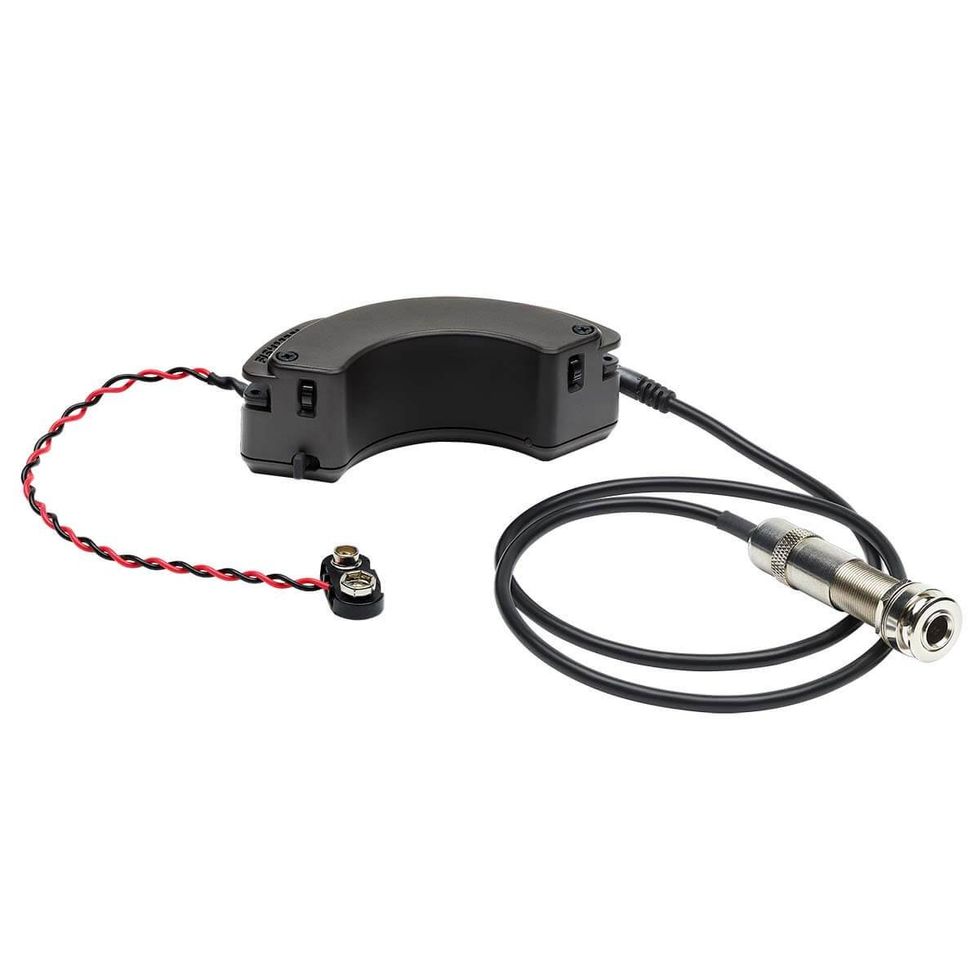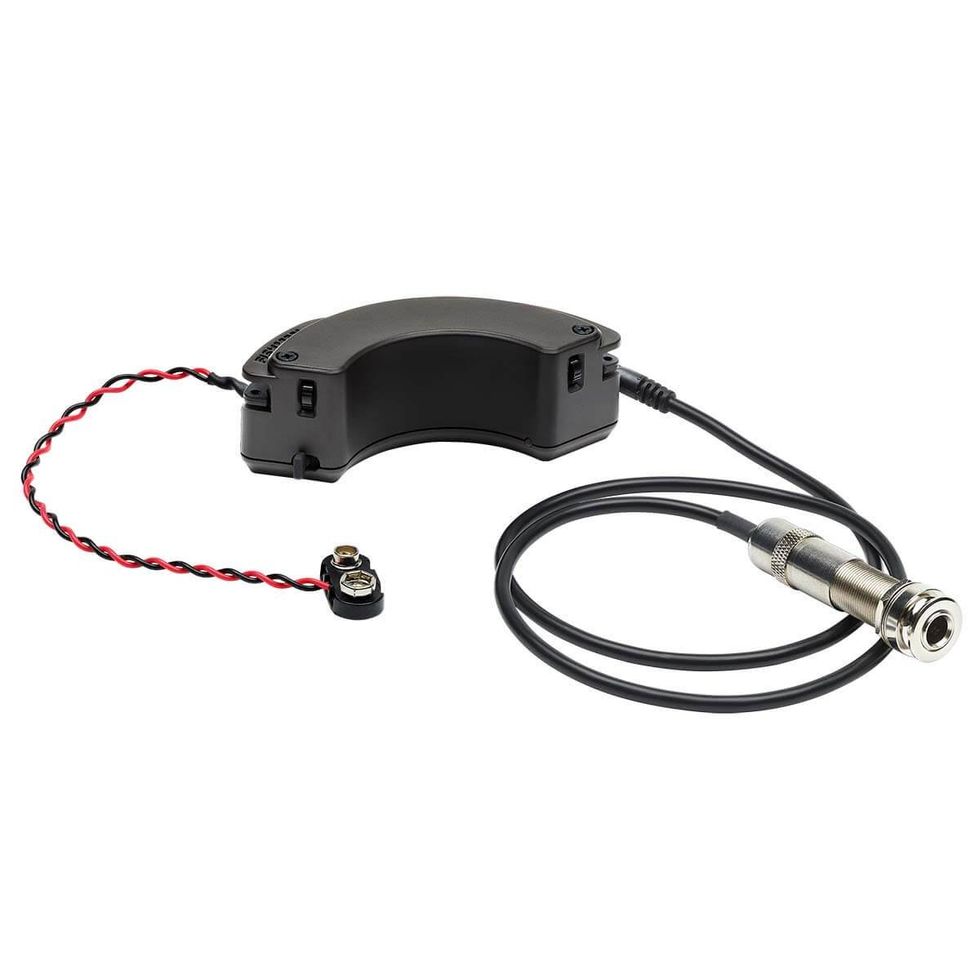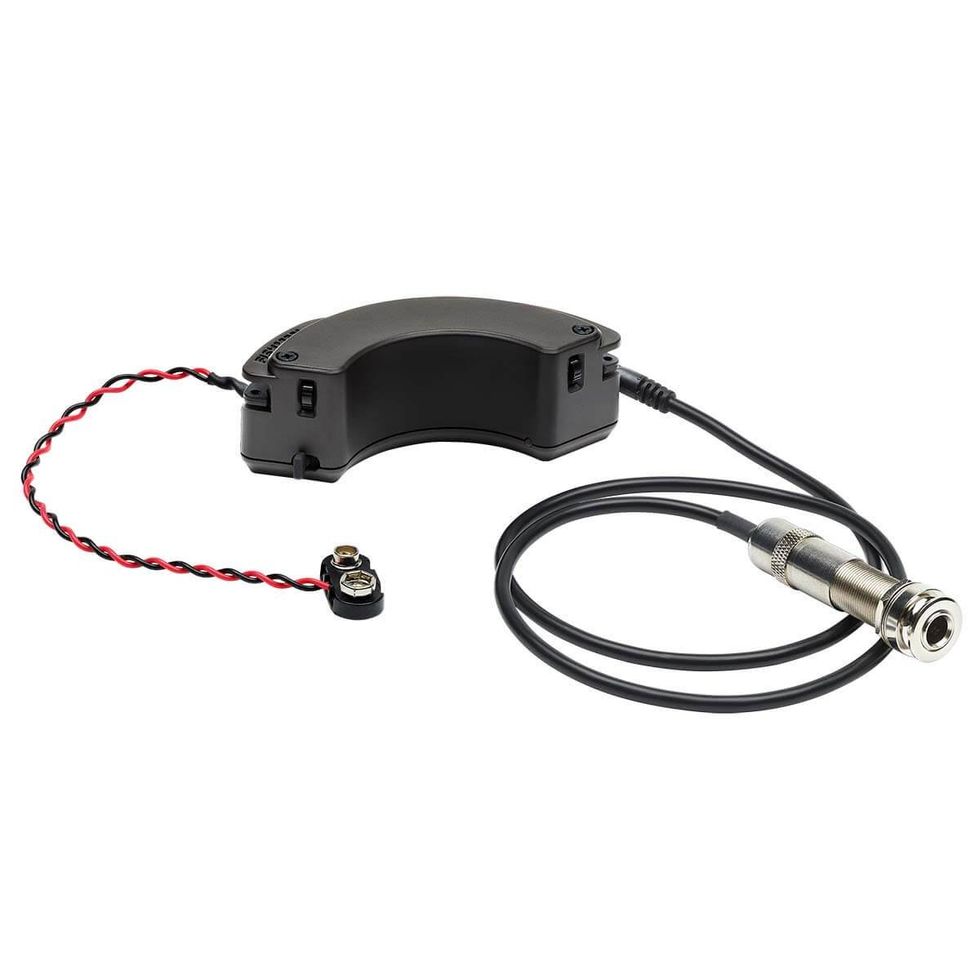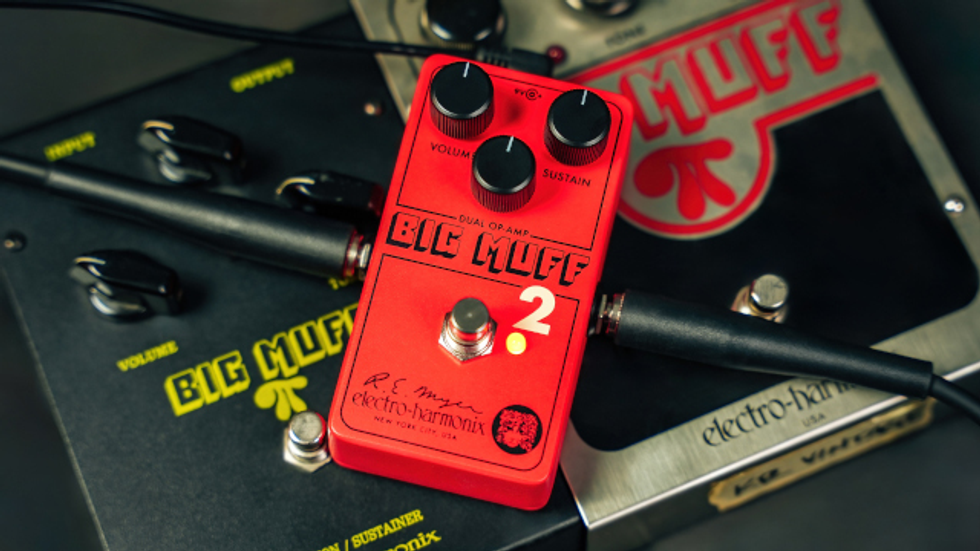So you have the perfect guitar (or guitars), a kick-ass amp, a cabinet with bitchin’ tone and the latest sound processors. Now what do you have to do to get all of that tonal goodness out to the audience? Do what the pros do, and we’ll show you how.
In a live mic’ing situation, begin by placing the mic in front of a cabinet speaker. Place it either dead on the center of the cone for a brighter sound, or slightly off to one side for a mellower, more natural tone. Several of the major acts even have a little mark to show their desired mic location for quicker setups, often having their own mic clips pre-mounted. Most professionals have honed their set-ups and teardowns down to an art, focusing on consistency, repeatability and ultimately speed.
The standard setup is to use a direct box on the instrument line out on the amp head, giving the sound guy a good, clean signal. Some sound guys prefer the direct line out of the back of the amp head. If you can use this without getting any buzzes or ground loops, you’re in business. The majority of sound guys also place a large diaphragm dynamic mic on one of the bass amp’s speakers – usually an Ampeg SVT cabinet. If it’s a bi-amped rig, then they tend to use both the direct out and a mic on the speaker, adjusting mic position to taste.
Repeatability equals predictability. Whether you have labored to get a signature sound out of your rig or are attempting to reproduce the exact sound of a recording, you need to be assured that the sound you make onstage will reach the audience sounding the same way. To make sure that happens, you must eliminate all possible variables.
You can achieve this by spending the time to listen to your rig with different mics and processor settings – Figure 1 shows some of the commonly requested guitar gear on show riders, while Figure 2 shows some of the bass gear. If you can, have your sound person carry a mic just for your cabinet and mark it so it is always used on your cabinet. You may prefer carrying two mics for your rig and blending them out front, producing an even bigger sound than you are putting out on stage. The point is to make sure the sound guy knows what you want to hear. Also, every few months or so test your mics by speaking through them, to verify that the tonal balance hasn’t shifted from time or handling – I typically lose about one SM57 a year from rough treatment.
A particularly memorable bass sound consisted of a direct out to my board. All the equipment was prewired and nicely cased. The bass went into an Ampeg head with a graphic EQ and around 400 watts – unfortunately I can’t recall the exact model. It had tow cabinets, the top loaded with four 10” speakers and a single 18” in the bottom. It had a DBX 160 compressor inserted into the effects loop and a studiograde Avalon compressor on the output to the board from the direct out of the head. Wow, did it sound sweet!
Remember, great sound is only limited by your imagination and your ingenuity – play around and figure out how to get the sound you want to the audience consistently. It’s not rocket science, but good guidelines are a great place to start. If you are into developing your own sound, a dedicated sound person with good ears can be your greatest resource.
|
| |||||||||||||||||||||||||||||||||||||||||
Andy Anderson
Concert Sound
515-291-0464
www.concertsound.org
andent@lvcta.com









![Rig Rundown: Russian Circles’ Mike Sullivan [2025]](https://www.premierguitar.com/media-library/youtube.jpg?id=62303631&width=1245&height=700&quality=70&coordinates=0%2C0%2C0%2C0)














